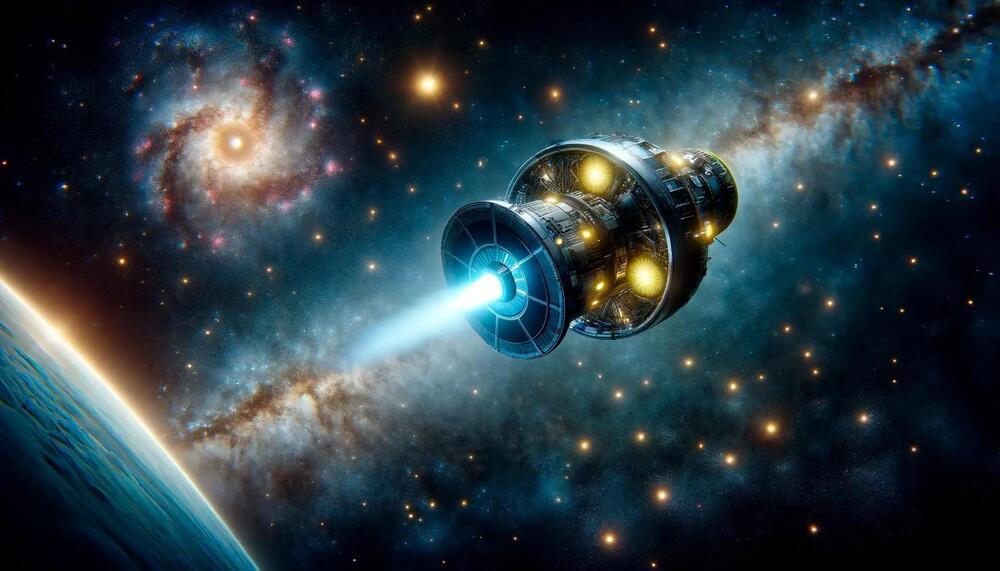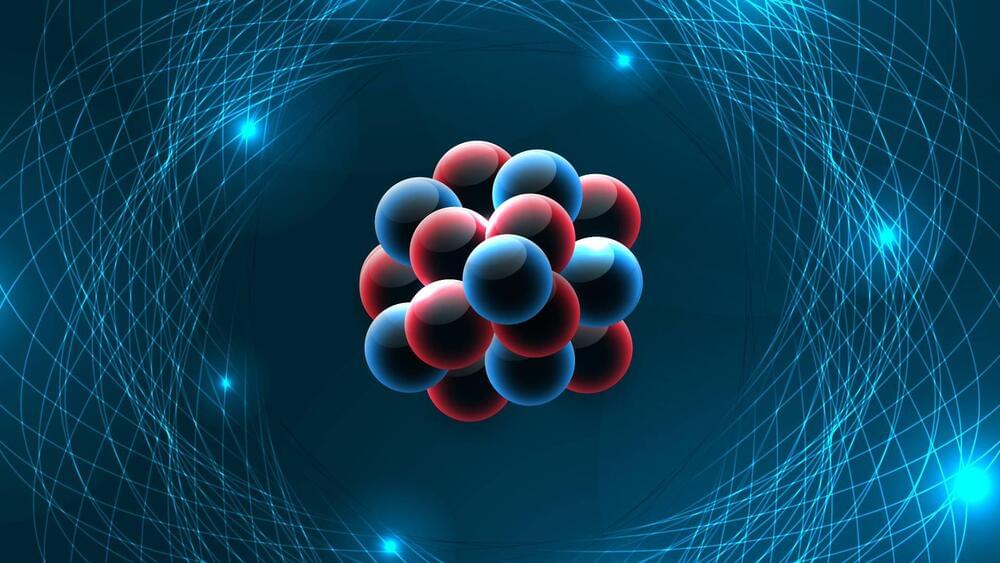Nov 24, 2023
Tesla Lathrop Megafactory spotted with 332 Megapack batteries
Posted by Genevieve Klien in categories: drones, energy, food, sustainability
The fourth quarter is past its midway point, and Tesla’s Megafactory in Lathrop, California, seems like it’s still going full speed ahead. During a recent drone flyover of the site, a fleet of 332 Megapack batteries was spotted in the facility’s staging areas.
The Tesla Megapack may not be as visually compelling as the Cybertruck or the Model 3 Highland, but it is a key product in Tesla’s portfolio. Designed for grid use, the Megapack has the potential to disrupt the energy sector. The battery has been performing well so far, as it has been deployed successfully in high-profile projects like the 182 MW/730 MWh battery farm in Moss Landing, California, and the 150 MW/300 MWh system in New South Wales, Australia.
The Megapack is available in two variants: a 2-hour version that offers 1.9 MW of power and 3.9 MWh of energy and a 4-hour variant that features 1 MW of power and 3.9 MWh of energy. The grid-scale battery is priced at $1,908,590 for the four-hour variant with installation and $2,123,590 for the two-hour variant with installation. Without installation charges, the Megapack is priced at $1,321,390 for the two-hour variant and $1,270,310 for the four-hour version.

















